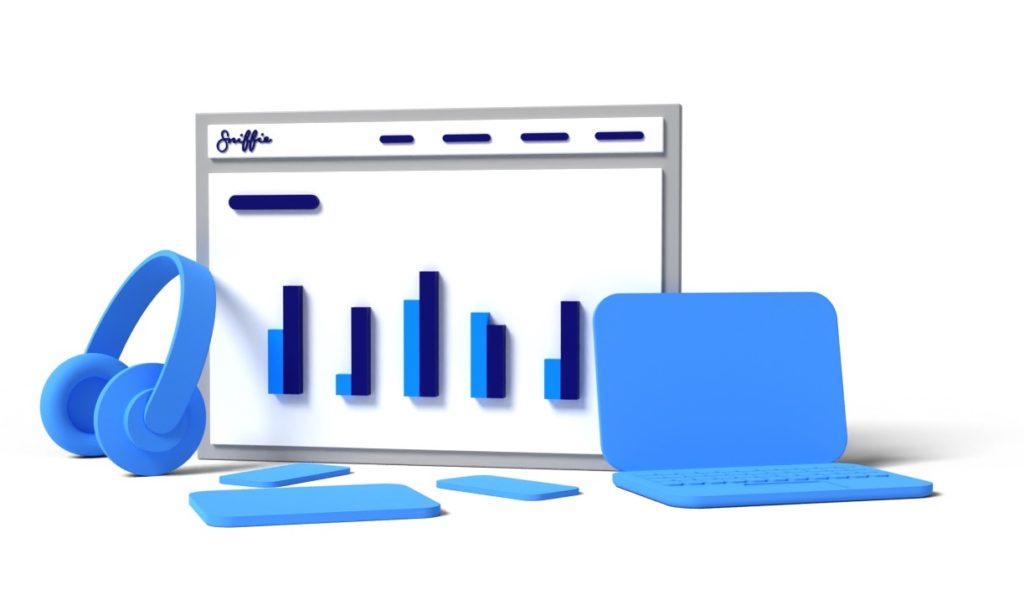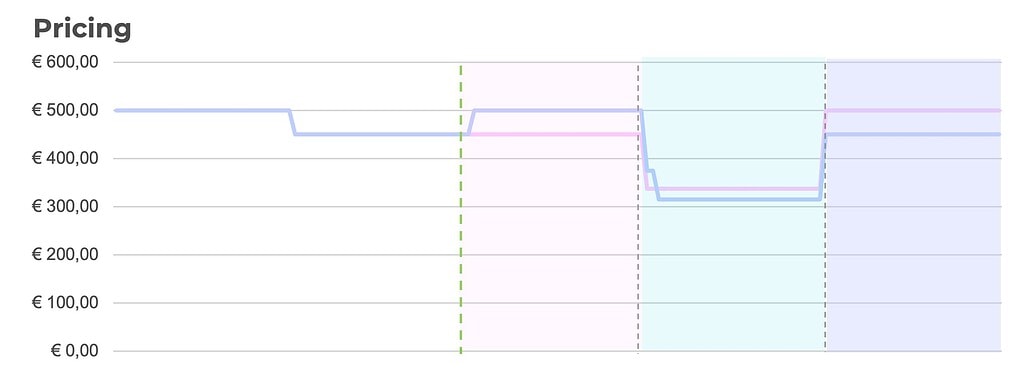The EU’s new Omnibus Directive has created increased transparency for consumers when it comes to pricing and reviews. That is excellent news for online shopping. While it is good for consumers, it does bring additional burden to online shops to plan their pricing, especially before discount campaigns. One strategy that’s garnering attention is the use of a ‘cooling-off period’. This concept, typically used in reference to consumers’ rights to reconsider their purchases, is being redefined by the EU’s new Omnibus Directive. In this blog post, we will delve into this phenomenon, its implications for businesses, and how you can harness it effectively.
What is the Omnibus Directive?
The Omnibus Directive is a recently introduced EU legislation designed to further protect consumers in the marketplace. Among its stipulations is a rule that requires companies to display the lowest 30-day prior price during discount campaigns.
Rethinking the Cooling-Off Period
Conventionally, a cooling-off period is a defined length of time during which a consumer can reconsider a purchase decision and cancel the contract without any penalties. In the context of the Omnibus Directive, however, this term is acquiring a new meaning.
The cooling-off period now also pertains to a phase in which businesses halt their dynamic pricing. This is done to ensure the comparison prices displayed during discount campaigns appear attractive to consumers.
Try it yourself - compare your campaign scenarios!
See how changing pricing before, during and after the campaign will affect your demand and profitability.

Why Do You Need a Cooling-Off Period?
A carefully planned cooling-off period can be a potent tool in your marketing strategy. By demonstrating appealing lowest prices from the previous 30 days, you underline the value proposition of the discounts you’re offering. This can amplify the appeal of your sales campaigns and potentially drive up the conversion rates.
How Do You Implement a Cooling-Off Period?
Begin by setting your dynamic pricing to automatically revert to the Recommended Retail Price (RRP) or a planned campaign comparison price 31 days prior to the start of the campaign. Run your discount campaign as planned and then return to dynamic pricing once it concludes. Simple as that.
Pitfalls to Watch Out For
As with any strategic move, there are potential pitfalls you need to consider while adopting a cooling-off period. One significant downside is the potential loss of sales during the period. As you freeze your prices at a high point to make discounts seem more appealing during a campaign, you might see a drop in sales.
The key here is to assess the overall profitability. You should calculate the profit not just from the campaign but also consider the impact of potential losses during the cooling-off period. This can provide a holistic picture of whether implementing a cooling-off period is indeed a worthwhile move.
An alternative could be to select certain products that are not subject to dynamic pricing for your campaigns, reducing the risk while still providing a compelling offer to your customers.
In conclusion, the cooling-off period, presents an exciting new facet of strategic pricing. By understanding and carefully implementing it, businesses can enhance the effectiveness of their discount campaigns, potentially boosting sales and customer loyalty. However, due care must be taken to navigate potential pitfalls and ensure the strategy aligns with the company’s overall profitability goals. Good thing to remember that the period should also take into account you discount codes that might affect your Omnibus Price. Make sure to take those into account as well.
FAQ
Most frequent questions and answers
By implementing a cooling-off period, you can ensure your promotional offers truly represent value to your customers, which can enhance your brand’s credibility and customer trust. It also ensures compliance with the EU’s Omnibus Directive, avoiding potential legal complications.
The cooling-off period should be at least 31 days prior to the start of your promotional campaign, as this is the period in which you must show the lowest price for the products you are offering at a discounted rate.
The cooling-off period primarily applies to products to which you change prices frequently (dynamic pricing, price optimization, markdown etc.) and you are planning a promotional discount.


